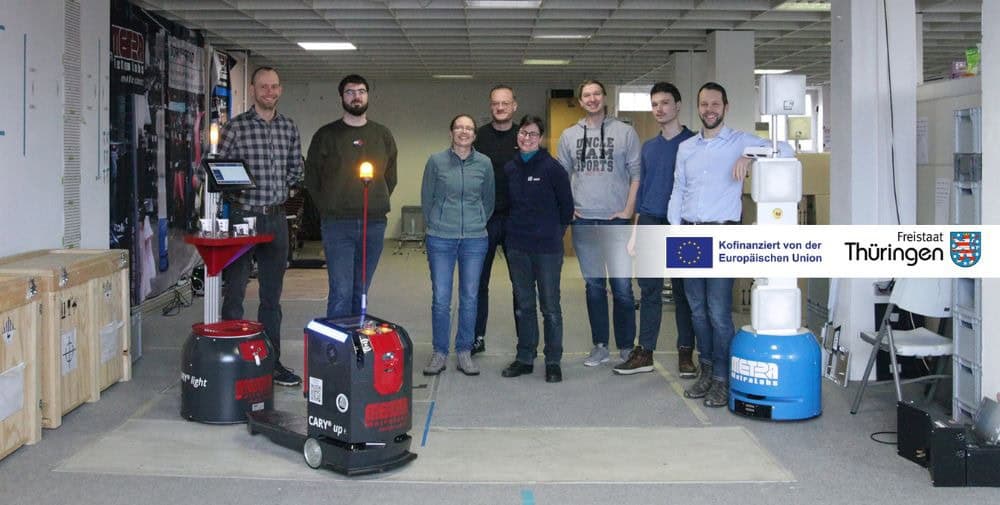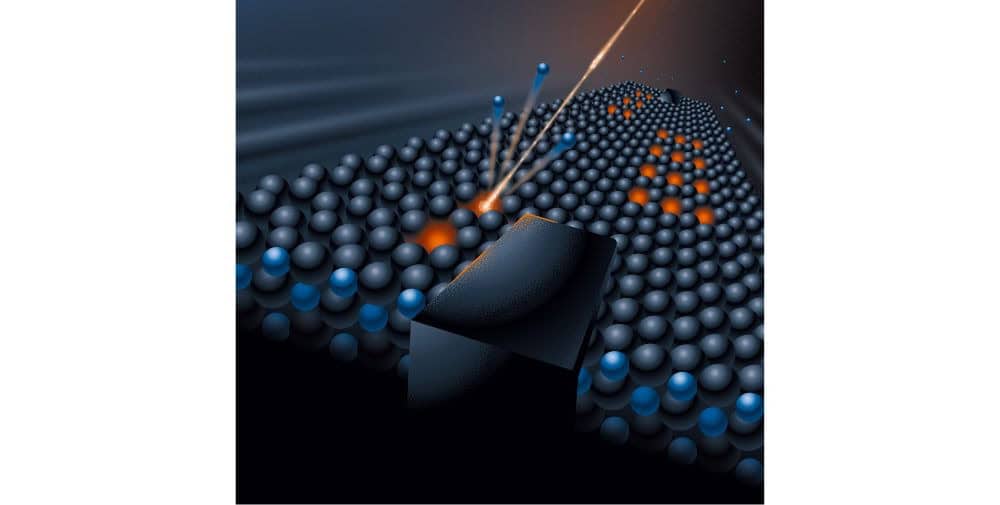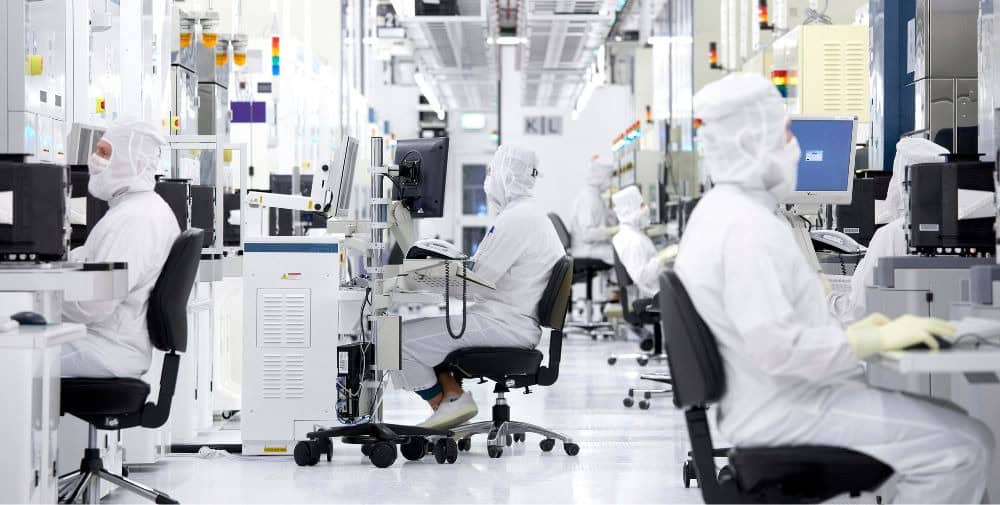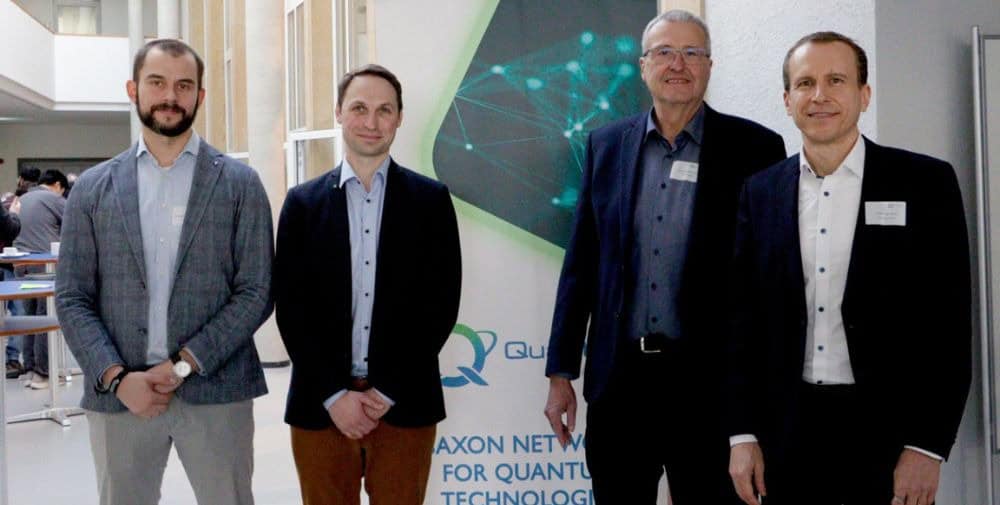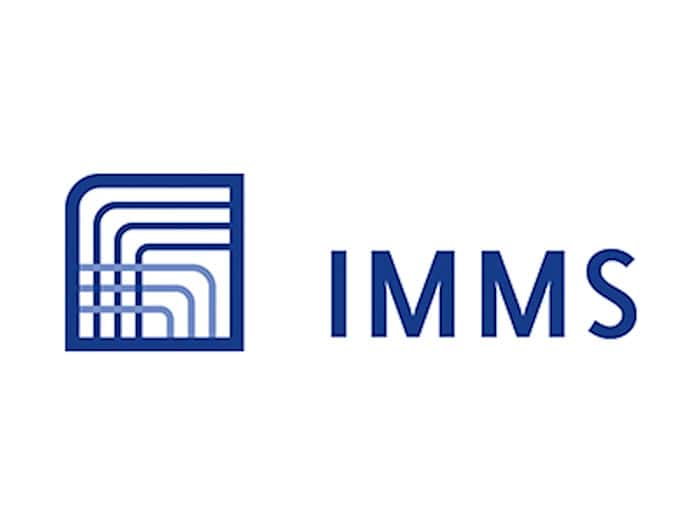
Autonomous mobile robots as helpers
Robotic systems can relieve workers of monotonous and repetitive tasks, especially in the industrial and service sectors, giving them the time they need for more demanding and varied tasks and increasing overall effectiveness and productivity.
“There are already a number of autonomous robots on the market that can move forwards, backwards and around bends and turn on the spot using simple drives,” explains Erik Wolf, Senior Developer at MetraLabs. They are already contributing to an efficient material flow and smooth goods management in production and storage areas. They can not only take over transports, e.g. of small load carriers for dynamically adaptable production lines, but also record data, e.g. for quality assurance or autonomous inventories.
Variety of helper applications limited
“For a number of applications, systems with simple drives quickly reach their limits, such as with high loads or certain movements, for example sideways,” continues Erik Wolf. The robots then literally can’t get out of the corner. “Solutions then quickly become more complex and therefore not only more challenging to develop, but also significantly more expensive,” Wolf continues. The crux of the matter is the drive system. For a robust and powerful autonomous robot, it not only has to be designed, technically dimensioned and integrated into the overall system together with the sensors and control technology. Rather, depending on the application, there are different targets and individual environmental conditions that need to be taken into account during development.
Optimized drive concepts and software-based modelling tool for new applications
For the complex requirements, not only advanced drive concepts are needed to make autonomous mobile robots more efficient and economical on the basis of defined key figures. “For these technological improvements, we will primarily be working on a software-based modeling tool,” says Dr. Ludwig Herzog, Head of Mechatronics at IMMS. This tool will support the development of these systems as early as the concept phase by calculating key figures for defined application and requirement profiles and enabling the selection of suitable solutions.
“To do this, we use mathematical approaches, methods and algorithms for kinematics and dynamics, which not only optimize the drive system, but also flow into the development of the autonomous control system,” explains Ludwig Herzog. This control system will then take into account the previously set goals such as maximum speed, minimum energy consumption and high robustness and optimally implement the control tasks.
“We are looking forward to being able to build an optimal drive concept from all the defined requirements in the project using the new IMMS modeling tool and thus also a prototype for a new autonomous robot,” continues Erik Wolf. “Our approach promises a significant increase in performance compared to conventional drives and will set new standards in mobile robotics and automation.”
Funding
The joint project “ERA-AMR – Development and realization of optimized drive systems for autonomous mobile robots” is funded by the Free State of Thuringia’s funding program for the promotion of research, technology and innovation (RTI) as a research and development project Thuringia Verbund Dynamik under the project number 2024 VDY 0045 and co-financed by the European Union.
– – – – – –
Further links
👉 www.imms.de
Photo: IMMS
